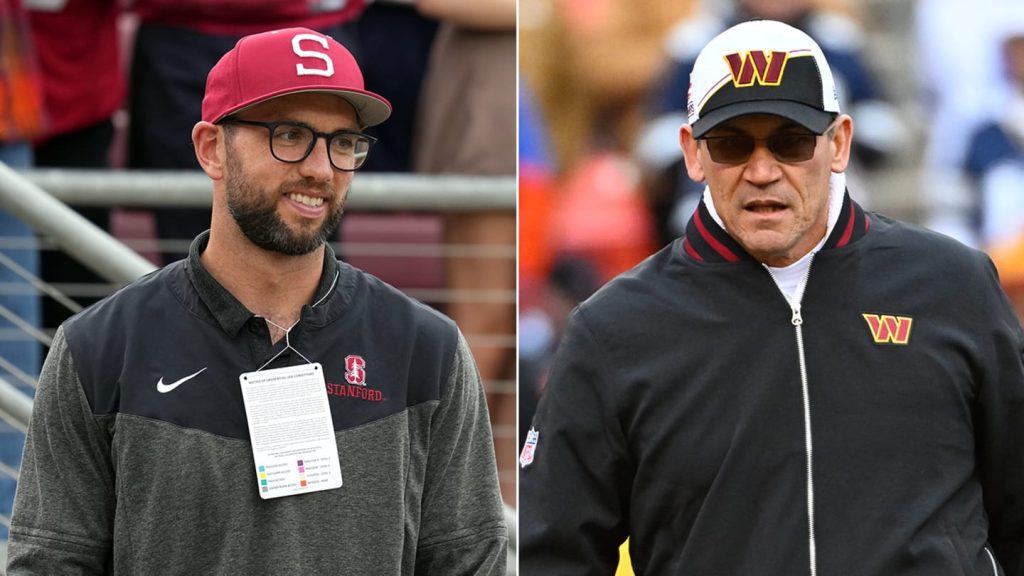Pat Stewart’s Surprising Transition to Nebraska
Upon arriving at Nebraska two weeks ago as the program’s first general manager, Pat Stewart expected certain aspects of college football to lag behind his previous NFL experience. However, he was astonished by the playing quality of the athletes.
Impressive Skill Level of High School Players
Stewart anticipated that he would struggle to adapt to evaluating high school players compared to the NFL’s standards. Instead, while analyzing several promising defensive prospects from Texas, he found himself pleasantly surprised. “They’re using their hands at the point of attack. And it was like, Wow, it was really high level stuff, really impressive,” Stewart remarked. His initial expectations of poor-quality high school football were quickly overturned by the realization of the excellent coaching these players received.
Shifts in College Football’s Landscape
College football is undergoing significant changes, including enhanced player preparedness, NIL payments, and the implications of the transfer portal. The entry of NFL professionals, like Stewart, into major college programs highlights this transition as scouting patterns evolve, resulting in a different caliber of prospects entering the NFL draft.
Professional Influences in College Football Personnel
These transformations have not occurred suddenly but have accelerated over the past five years. The landscape of college football personnel has shifted as more prominent programs seek insights from the NFL to address newer challenges. The likes of Ron Rivera and Jim Nagy, who have transitioned from NFL roles to become general managers in college, illustrate this trend and underline the significance of adapting to the collegiate setting.
Building Infrastructure Similar to the NFL
As college football evolves, its personnel structures are beginning to resemble those of NFL organizations. The models emerging emphasize collaboration between coaches and personnel staff, akin to the operational styles seen in successful NFL teams. Nagy emphasizes, “We’re coming in here to help these coaches,” indicating a focus on supportive roles rather than dominating the coaching landscape.
Financial Management and Player Development
The influx of revenue, combined with the transfer portal’s implications, has necessitated specialized personnel roles within college football. This restructuring involves hiring individuals with extensive NFL backgrounds to oversee areas such as recruiting and financial management. The role of the general manager in college football is becoming akin to that of NFL teams, creating a more competitive environment for attracting and developing talent.
Conclusion: The Need for Structure in College Football
While college football faces numerous challenges ahead, several industry professionals stress the necessity for a structured approach to navigate the future effectively. Rivera asserts, “Somewhere along the line, there’s got to be some structure,” emphasizing the importance of adapting concepts from the NFL to enhance the college game. As this evolution continues, the potential to elevate college football’s quality and player preparedness appears promising.



